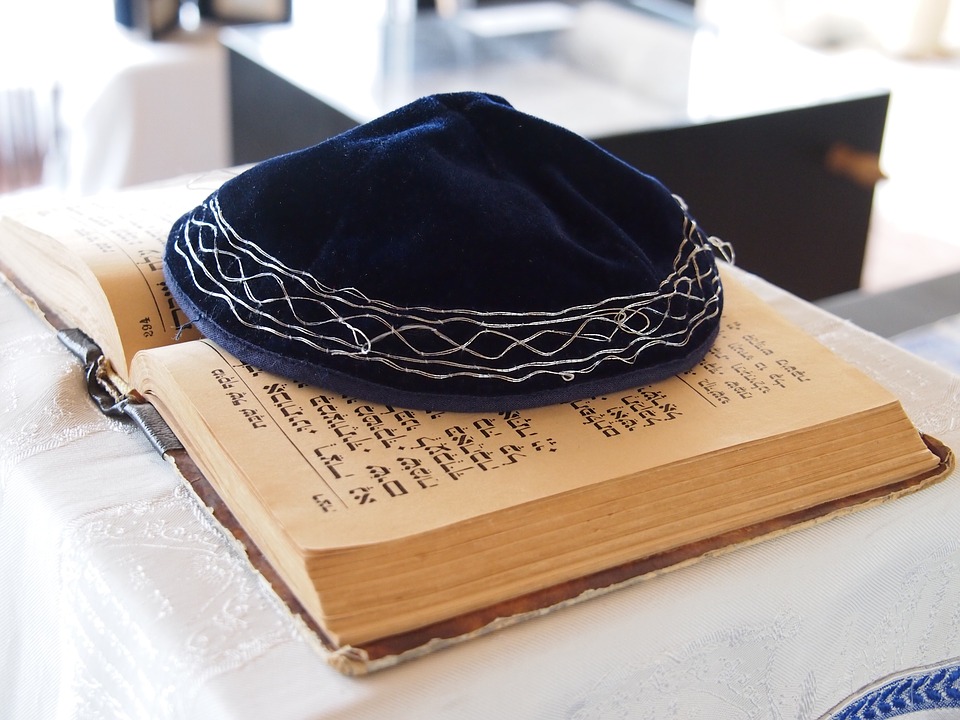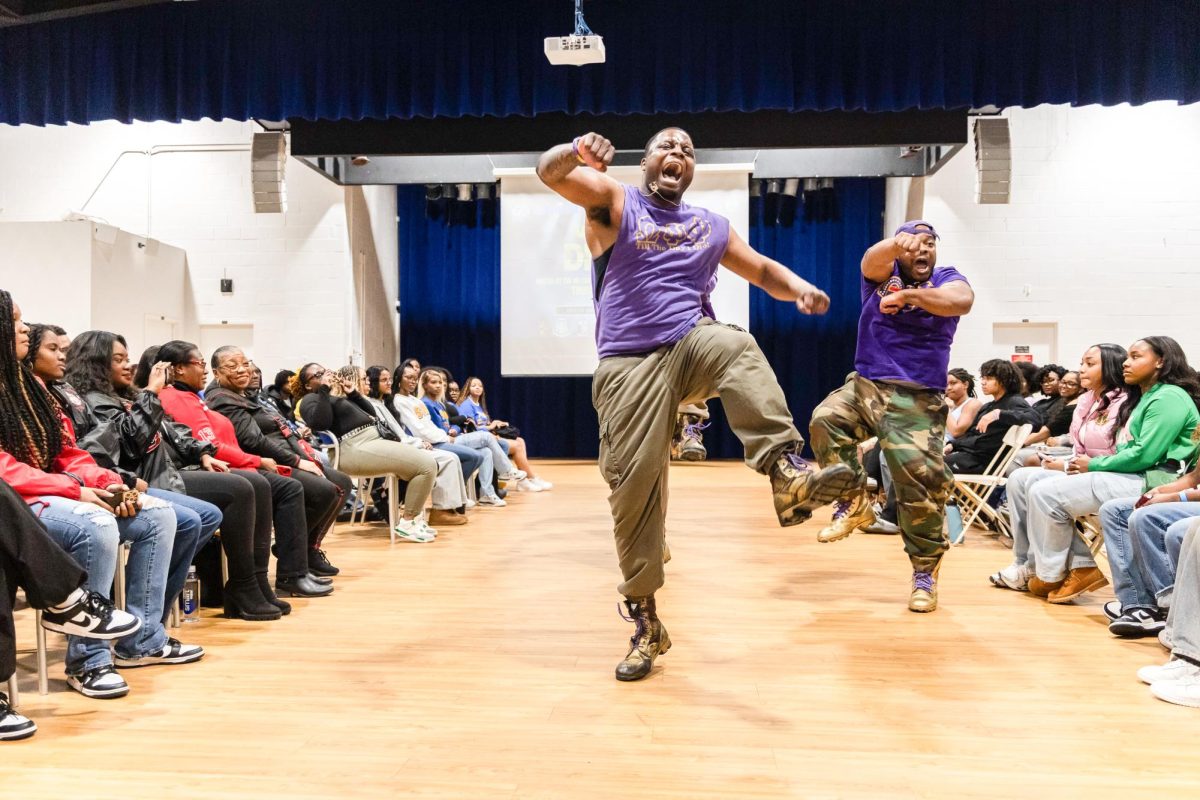The history of Judaism in the Jewish ghettos that existed in Warsaw and Minsk was explored in a lecture titled, “Life and Death in the Ghettos of Eastern Europe” was held on Thursday, Dec. 1, as part of the lecture series, titled “Issues in Judaism.”

“Tonight we will delve into our past in order to learn for our future,” Mitch Podgorowiez, a junior business, information technology and legal major, said as he introduced Dr. Elissa Bemporad to give the final lecture in series.
Bemporad, is an associate professor of history at Queens College, City University of New York, a fellow at the Mandel Center for Advanced Studies at the United States Holocaust Memorial Museum in Washington, D.C., and the author of a number of books including “Becoming Soviet Jews: The Bolshevik Experiment in Minsk.” The presentation featured an assortment of photos that can only be found at the Holocaust Museum in Washington, D.C.
Bemporad’s lecture continually referred back to real people who’d lived in the ghettos in Warsaw and Minsk, especially Emanuel Ringelblum, a Polish-Jewish historian who kept diaries while in the Warsaw ghetto. One of the most important focuses of the lecture, however, was on the resistance attempts in Warsaw versus the lack of such attempts in Minsk. She spoke about the armed resistance in which 1,000 inhabitants of the Warsaw ghetto tried to resist incoming authorities when the ghetto was to be destroyed, but that was not all resistance was limited to.
“Resistance could be collective, could be individual, spiritual, cultural, armed,” Bemporad said. Smuggling in the Warsaw ghetto was seen as a form of resistance and it continued despite many being killed for the act.
Bemporad pointed out that one of the significant differences between the Warsaw and Minsk ghettos were the borders around them. Warsaw had a stone wall, Minsk had fences. The primary reason for the difference was the location. Warsaw was in Poland and Minsk was in the Soviet Union. Though Minsk was under Nazi control when the ghettos were put in place, it was still a part of a communist country at the time.
Not all of those who were sent to the Warsaw ghetto were practicing members of the Jewish religion, but because of their heritage, they were considered Jewish. A prominent example of this was Ringelblum, whose diary entries from his time in the ghetto were published.
The awful realities that Ringelblum shares in his diaries and that Bemporad discussed were just that: realities. Lectures and lecture series such as “The Ghettos of Europe” help to remind people of the horrors humanity has faced in the past.
“There are so many parallels you can make that happened here within the United States as well,” Jill Mullane, a senior anthropology and religion major, said.
The atrocities of the ghettos and the Holocaust are important to discuss so their significance in human history and on the world’s population will not be forgotten. As Podgorowiez said in his introduction, the past can help people learn for the future.












